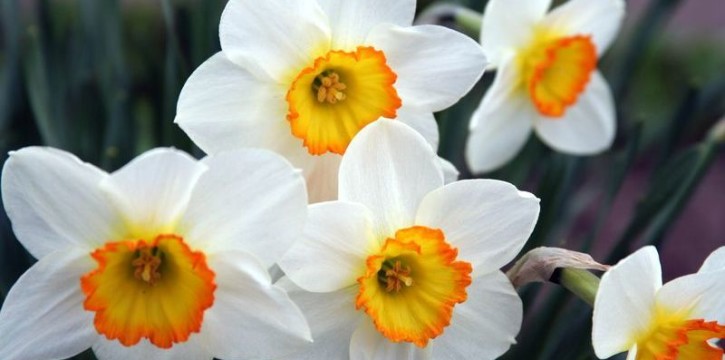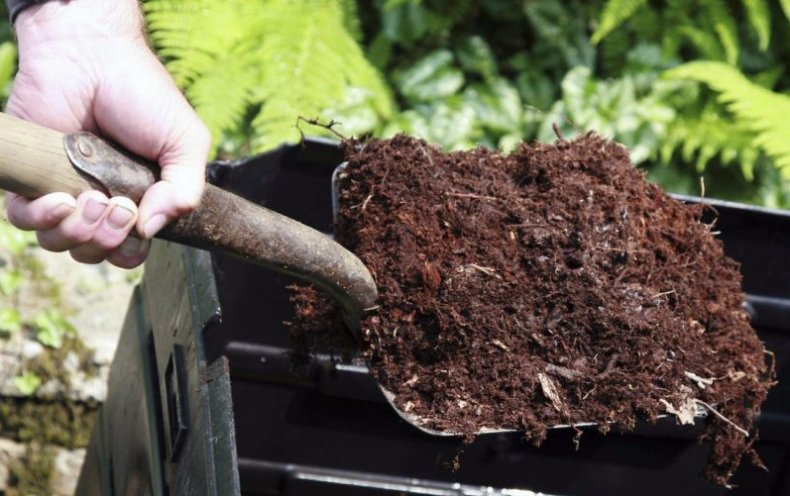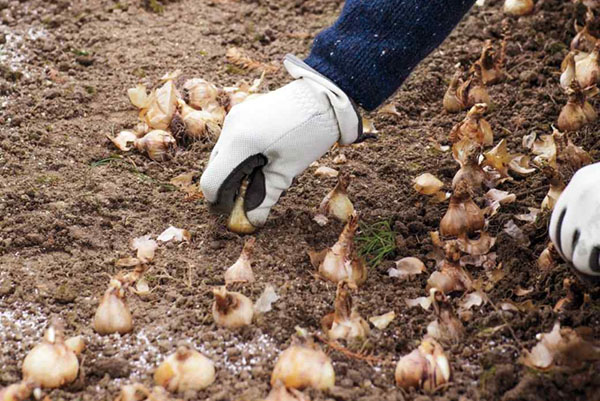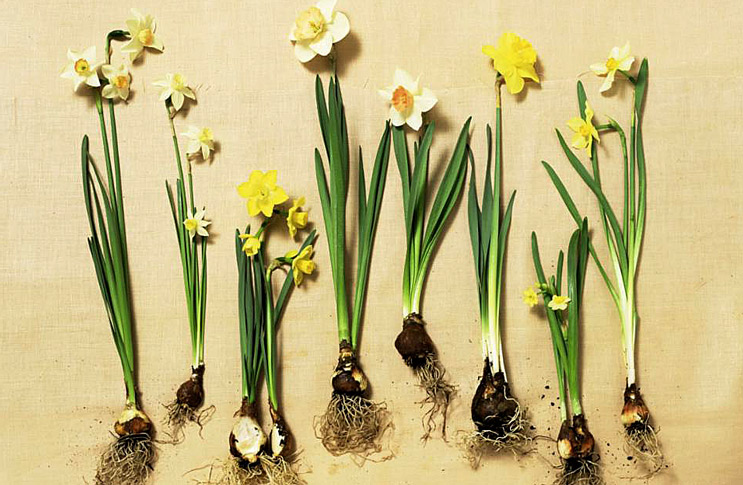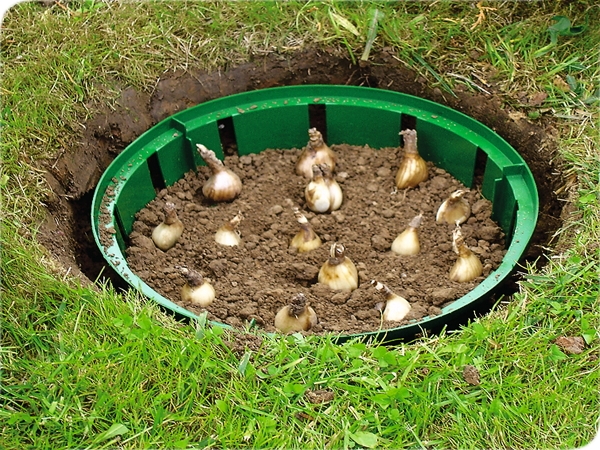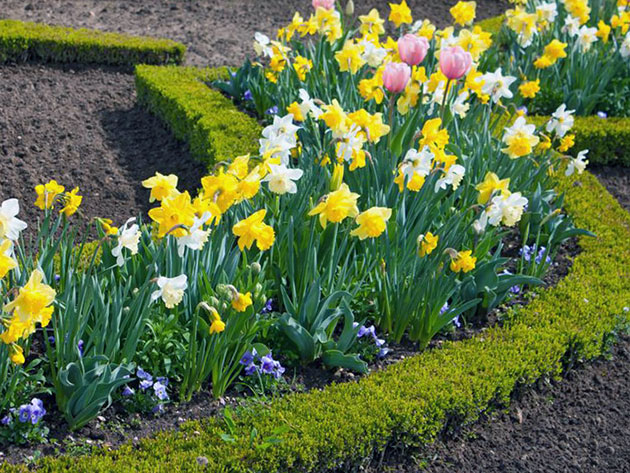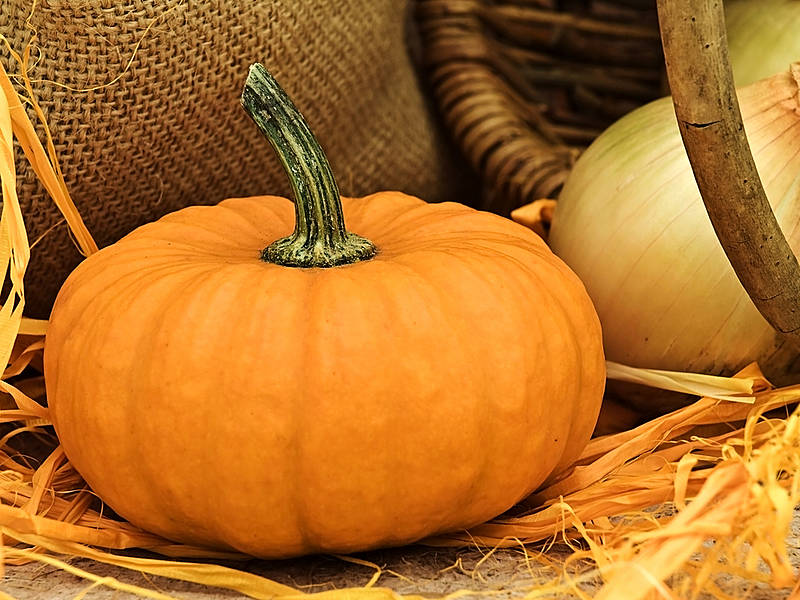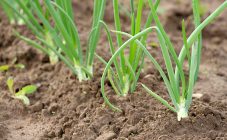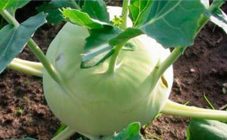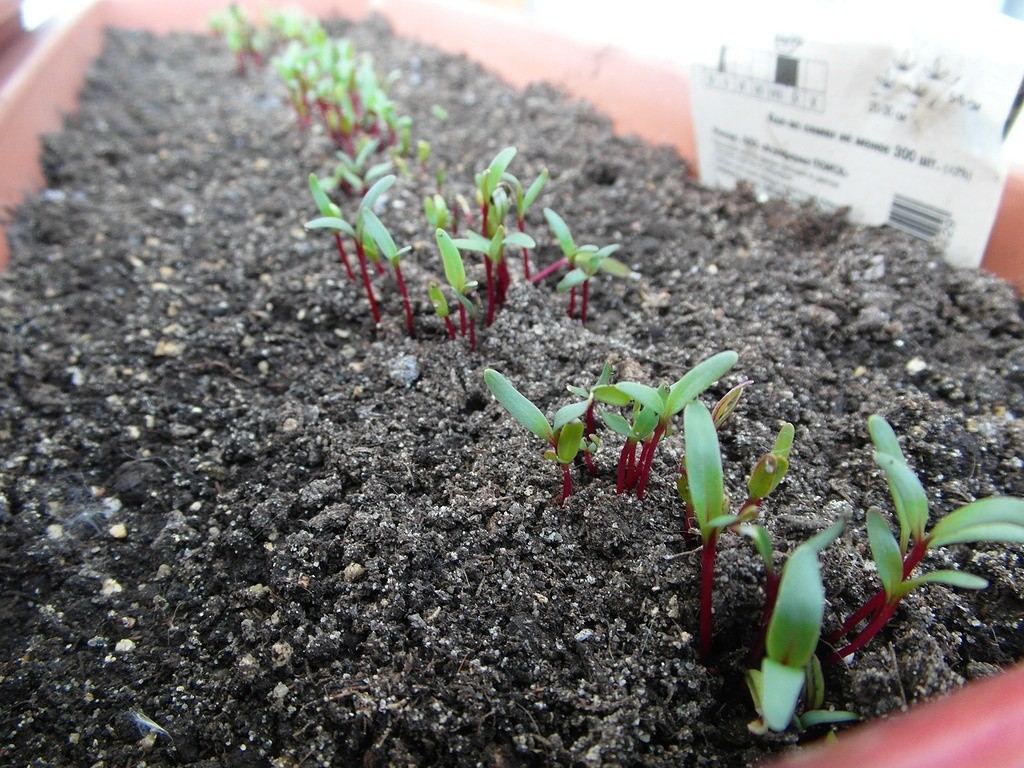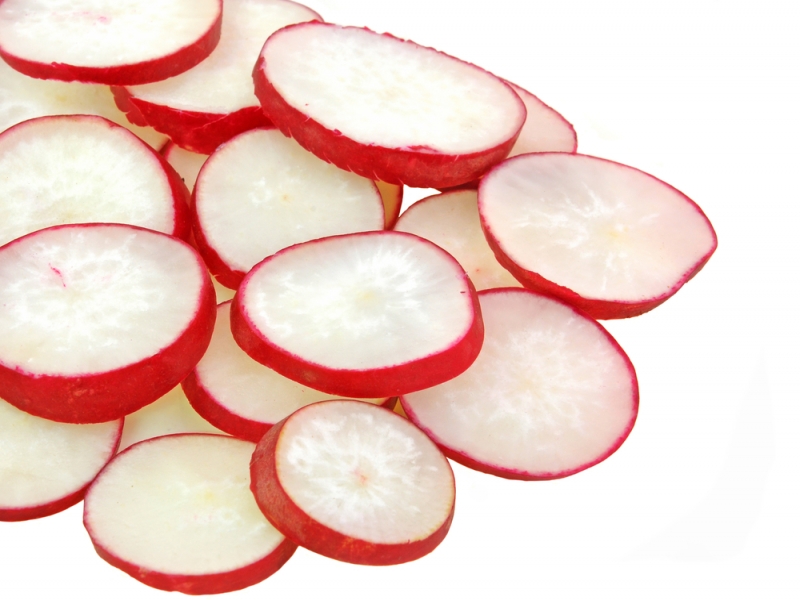Content:
Daffodils are one of the most popular flowers grown by gardeners around the world. Due to their unpretentiousness to soil and climate, they are called "plants for the lazy." It is quite simple to grow and care for them - it is enough to plant flowers in the ground and ensure proper watering, even then they will delight their owners with the wonderful aroma of honey. In the article, the reader will learn about when to plant daffodils outdoors in autumn, how to choose a suitable place and take care of the plants.
When to plant
The timing of planting daffodils in the fall can vary greatly due to climate. Experienced gardeners are advised to start planting at a temperature of 8-10 degrees Celsius. The temperature should hold after planting for another 10-14 days. For the north, the Moscow region or the central part of the Russian Federation, such weather can be expected around the middle or end of September. For the southern regions of the country, this period can last until late October or early November.
If these bulbous plants are planted earlier, they can grow back and freeze during frost. If the bulb is planted on time, then it should harden before the onset of frost, but its upper part should not have time to germinate.
If the daffodils were planted in warmer weather and high humidity (50-100% higher than normal), then the bulb can rot. Planting daffodils later than the right time in the fall can cause the flowers to produce low flower stalks and too small buds. Therefore, at a later planting, it is recommended to carefully cover the daffodils so that the bulbs do not freeze the very first cold.
Some varieties of these plants are quite frost-resistant and do not require insulation. But experts still advise covering daffodils for the winter whenever possible, regardless of their variety. Suitable shelters for daffodil bulbs are spruce branches, peat, leaves, sawdust or compost, as well as any other breathable organic material. You can also use a nonwoven fabric for quick shelter from the elements. As for the plastic wrap, it severely restricts the flow of air.
Landing features
Planting in the fall requires compliance with special technologies. The bulb must be planted in the soil that has already been prepared, in the holes of the desired size, and the flower must be fed with special fertilizers.
Seat selection
A very important factor for the good growth of daffodils is the place where they are planted. For flowers of this type, and especially those with pink and orange crowns, it is very important that the place is semi-shaded, since the buds easily fade in the sun. Daffodils are also very fond of flat areas of land, closed from the influence of the wind.
According to the observation of many gardeners, daffodils growing in places protected from gusts of wind delight their owners with longer flowering. They will feel good growing near deciduous trees. But among the large plantings of shrubs and trees, they will not be comfortable. If other plants set off daffodils, then the aroma of flowers will become less intense, and the flowers will be smaller.
The location of groundwater can also greatly affect the condition of the bulbs.For their comfortable growth, it is necessary that the groundwater is no higher than 60 cm from the surface. Areas subject to frequent flooding due to rain or melting snow are categorically unsuitable for disembarkation.
Soil for daffodils
The most preferred soil for daffodils is loam. The acidity should be between 6-7.5 pH. In order for these plants to grow and bloom well, do not use sandy soil. Most likely, even in such unfavorable soil, for some period daffodils will throw out good buds and delight with their aroma. But this is only due to the supply of previously prepared nutrients, as well as macro and microelements.
As the supply of these substances is depleted, daffodils may stop flowering and their bulb will become smaller. In especially unfavorable soil, they will die altogether. Therefore, the land in the garden where flowering plants will grow must be appropriate, then there will be no problems with daffodils.
In order to prepare the place where the bulbs will be planted, first you need to clean up - throw away all the pebbles, various debris, roots of other plants and other objects. Then you need to analyze the soil itself:
- for heavy, clayey, it is recommended to add a little sand, about 20 kg / sq. m;
- it is recommended to dilute sandy soil with clay and peat or use humus.
If soil fertilization is required, then this is done no later than 2-3 months before the bulbs are planted. If fresh manure is used as top dressing, then daffodils can be planted no less than a year later. The most favorable time to fertilize the soil before planting daffodils is early to mid-summer. The specified period can be moved taking into account the climatic zone and the planned planting time. It is allowed to introduce 15-20 kg of rotted manure or humus per 1 sq. meter of earth.
Daffodils need fertilizing with mineral fertilizers. In the first year, they will use their own reserves, so there will be no need to use such resources from outside. When planting daffodils in the fall, feeding should be done no earlier than the first flowers appear, and this can take from 4 to 6 months. After the flowers go through the flowering stage, they will need macro- and microelements, which they can get from mineral fertilizers.
Daffodils often need phosphorus and potassium. Both of these elements are very important, and each of them is responsible for performing specific functions. Phosphorus provides flowering and bulb formation. It depends on him what size the flower will be and how intense its aroma will be. Potassium is responsible for the normal synthesis of starch and sucrose.
Daffodil planting technology in autumn
When planting daffodils in the fall, you should adhere to some rules and take into account the scheme below.
The depth of the fossa should be 3 times greater than the bulb itself. If it is large (3 cm in diameter), then the hole will also need 15-25 cm deep, and if the bulbs are small or grow in groups, then it is wider and about 10-15 cm deep.
There is a scheme used by experienced gardeners to help control flowering and bulb reproduction.It consists in the fact that if, when planting, immerse the bulbs a little deeper, then the daffodils will begin to bloom later and multiply not so quickly. If the daffodil is planted more superficially (7-12 cm), then flowering will come earlier, and reproduction will be faster. Surface landing is more suitable for those regions where there is no severe frost and cold winter. To provoke early flowering in regions where it is colder, it will be necessary to insulate well the bulbs planted close to the surface.
Before planting planting material, it is worth deciding on the purpose of growing daffodils. To enjoy the scent of these flowers every spring without any other purpose, simply planting large bulbs in medium-sized holes in the spring or fall will be enough.
For those who wish to breed daffodils for sale, it is important to ensure that the material is of high quality. In this case, it is better to choose small group bulbs so that reproduction takes place at an accelerated rate.
When planting, you need to place the bulbs upside down. When planted with the bottom down, the flowers will also sprout, but their peduncles will be crooked, and as a result of the fact that the plant spends more energy to germinate through the soil, the size of the flowers will become smaller. The same will happen with their number - it will decrease by 1.5-2 times.
The space between the bulbs also plays an important role. Thus, if the bulbs are large, then the distance between them should be about 15-20 cm, and if small and group bulbs - 7-11 cm.
Features of planting daffodils in open ground
In outskirts of Moscow
The weather in this part of Russia is 100% consistent with the norms for the middle climatic zone. Not all breeders know when to plant daffodil bulbs in the fall in the Moscow region. The most favorable period for these flowering plants is from August 15 to September 15, if various weather anomalies do not make their own adjustments.
In the Urals, in Siberia
These regions are distinguished by the fact that winter is longer here and the climate is rather harsh. Local gardeners will be better off planting daffodils and tulips in the fall, but before it gets colder. Considering the fact that the temperature at night in August can become very low, then you should hurry up with their disembarkation.
If all the simple rules are followed, then in the spring the garden will be transformed due to the flowering of graceful and early daffodils. These symbols of love and beauty will fill the air with their unique aroma and will become a real decoration of any flower bed.
